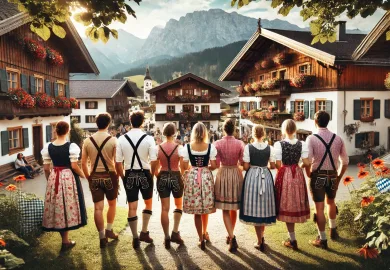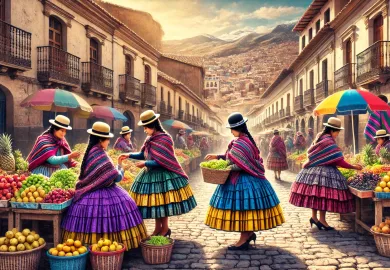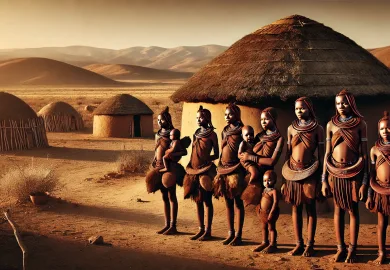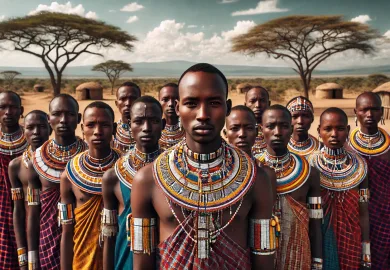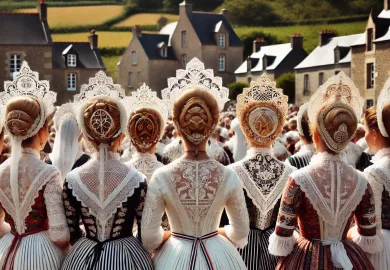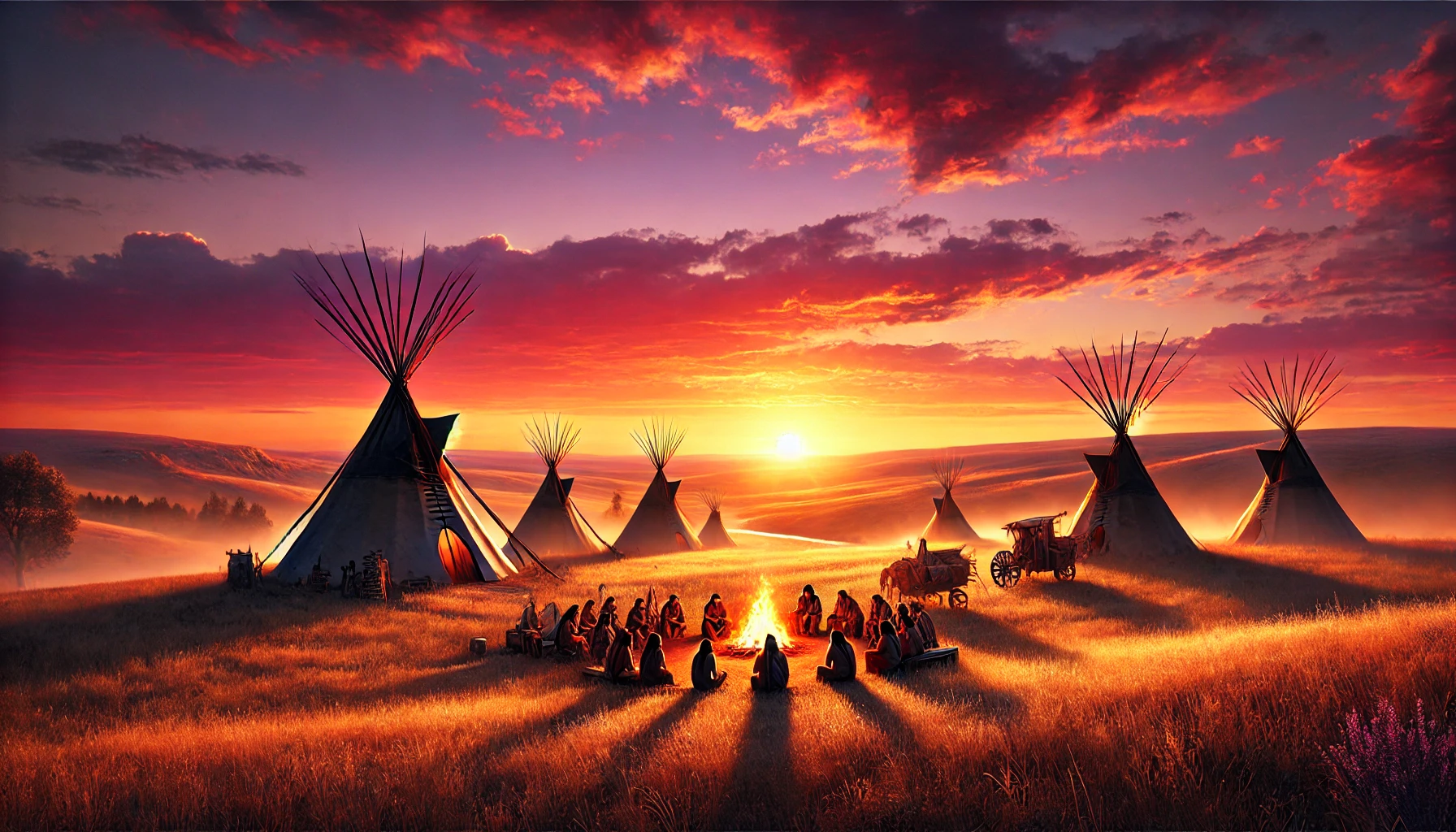
The cultures of Native American peoples are vast and varied, spanning hundreds of tribes each with their own unique traditions, languages, and histories. These indigenous cultures of North America offer a fascinating glimpse into a rich tapestry of life that has evolved over thousands of years. This article delves into the depth and diversity of Native American cultures, shedding light on their spiritual practices, art, societal structures, and the contemporary challenges they face, aiming to foster a greater understanding and appreciation of these vibrant communities.
Spiritual Beliefs and Practices
Native American spiritual beliefs are deeply interwoven with their daily lives, nature, and the cosmos. Most tribes honor a great spirit or creator, and spirituality is often expressed through rituals, ceremonies, and storytelling. These spiritual practices are not merely religious acts but are also ways to maintain a balance within the community and the environment. For instance, the Sun Dance, practiced by the Plains tribes like the Lakota and Cheyenne, is a ritual of renewal for the tribe and the Earth.
Ceremonies are another pivotal aspect of Native American spirituality, varying significantly from tribe to tribe. They may include rites of passage, healing ceremonies, and seasonal celebrations, each imbued with deep symbolic significance. For example, the Pueblo peoples’ Kachina ceremonies involve elaborate dances and regalia to invite blessings from ancestral spirits for rainfall and crop growth.
Storytelling, too, is a sacred activity that passes knowledge and cultural values across generations. Stories often feature animals and natural elements as characters, teaching respect for all forms of life. These narratives serve as both education and entertainment, as well as a way to preserve traditions and forge a communal identity.
Traditional Art and Expression
Art in Native American communities is not only a form of creative expression but also a medium for cultural preservation and spiritual expression. This art comes in various forms, including basketry, pottery, weaving, and beadwork, each telling its own story of the people’s connections to their ancestors, the land, and their traditions.
Pottery, for example, is an art form mastered by many tribes, particularly those in the Southwest, like the Navajo and Hopi. These pieces often feature symbols and designs that represent tribal myths, celestial bodies, and the natural landscapes that surround them. The intricate patterns and methods have been passed down through generations, maintaining the continuity of their ancestral legacies.
Weaving and beadwork are also significant, as they are practices through which stories and symbols are woven into clothing, blankets, and accessories. The Navajo rugs and the beadwork of the Plains tribes are highly prized for their beauty, complexity, and cultural significance. These items are more than just art; they are embodiments of tribal identity and history.
Societal Structures and Governance
The societal structures of Native American tribes are diverse, with each tribe having its own system of governance. Traditionally, these systems were deeply democratic, with decisions often made by consensus among elders or councils. Many tribes, such as the Iroquois Confederacy, were matriarchal or matrilineal, with women playing crucial roles in decision-making and leadership.
Tribal governance traditionally focuses on the welfare of the community, emphasizing social equality, and justice. The Iroquois Confederacy, for instance, was known for its sophisticated system of governance that influenced the democratic ideas of the United States. This system ensured peace among the member tribes and coordinated their policies and strategies.
Today, many tribes operate under their own governments, managing reservations and tribal lands according to both traditional laws and federal regulations. These modern governance structures are adaptations of historical forms, designed to maintain tribal sovereignty and manage affairs in a way that respects both ancient traditions and contemporary needs.
Contemporary Challenges and Resilience
Despite their rich cultural heritage, many Native American communities face significant contemporary challenges, including economic difficulties, health disparities, and the impacts of climate change. These issues are compounded by historical traumas such as colonization, forced migration, and cultural suppression.
Economic development is a major challenge, as many reservations face high levels of poverty and limited job opportunities. Tribes are tackling these issues by promoting education, developing businesses, and engaging in cultural tourism that respects and honors their traditions while providing economic benefits.
Health disparities are also significant, with many Native American communities having limited access to healthcare services. Tribal health programs are crucial in addressing these gaps, offering culturally appropriate care and advocating for better health policies.
Despite these challenges, Native American peoples demonstrate remarkable resilience and are actively engaged in cultural revitalization and political empowerment. Efforts to revive endangered languages, protect sacred sites, and renew traditional practices are thriving, showing the enduring strength and spirit of these diverse communities.
In conclusion, the culture of Native American peoples is characterized by a profound connection to spirituality, a rich tradition of art, intricate social structures, and an enduring resilience in the face of challenges. By learning about and respecting these traditions, we can better appreciate the important contributions Native Americans have made and continue to make to the broader tapestry of American life.

